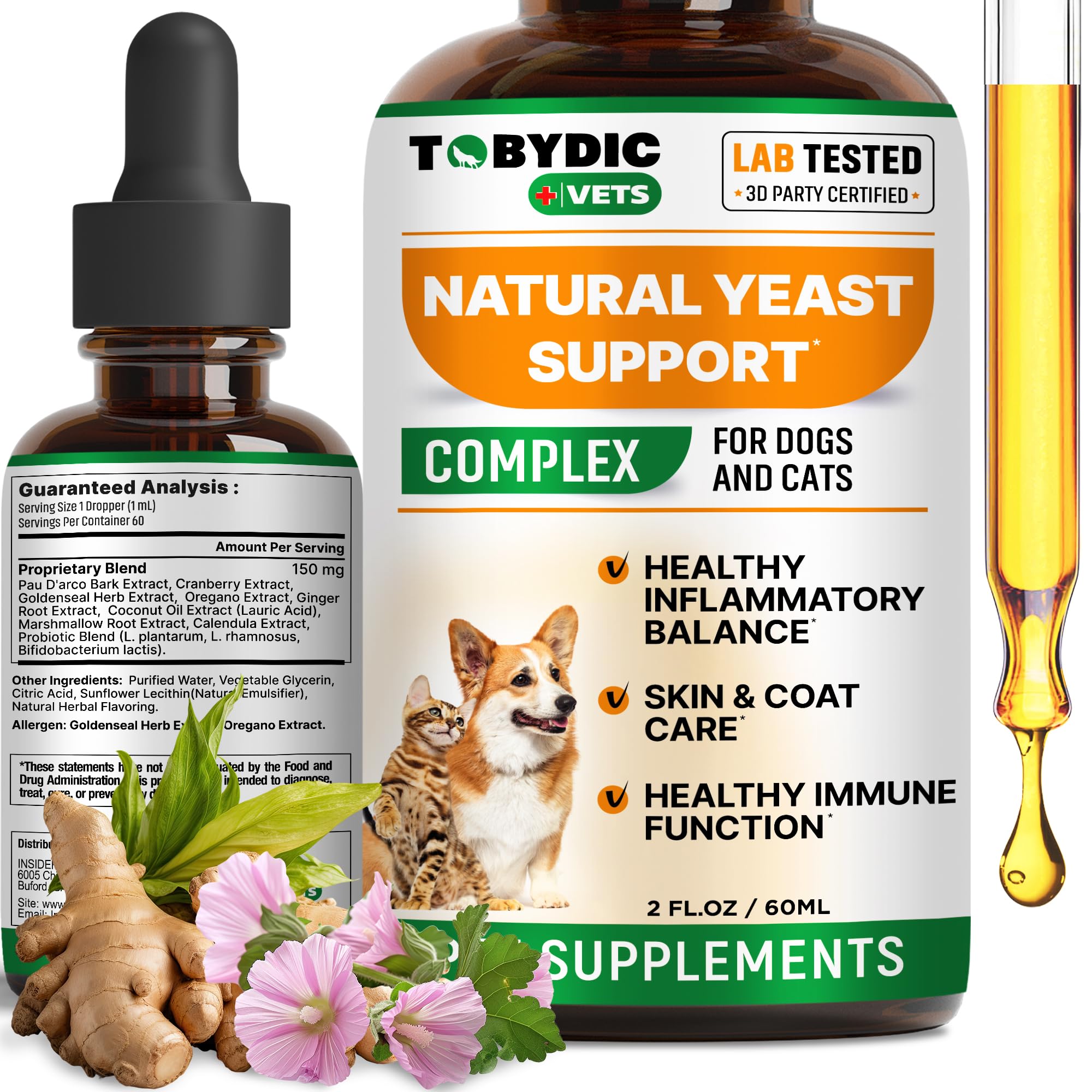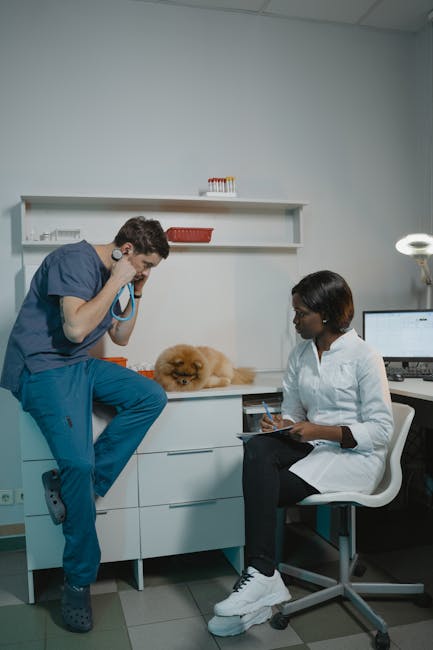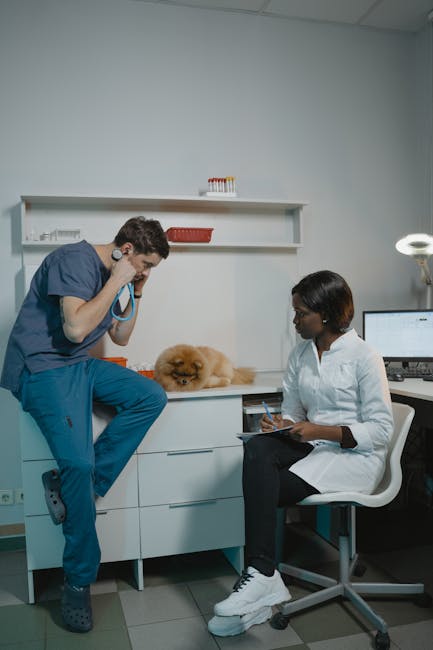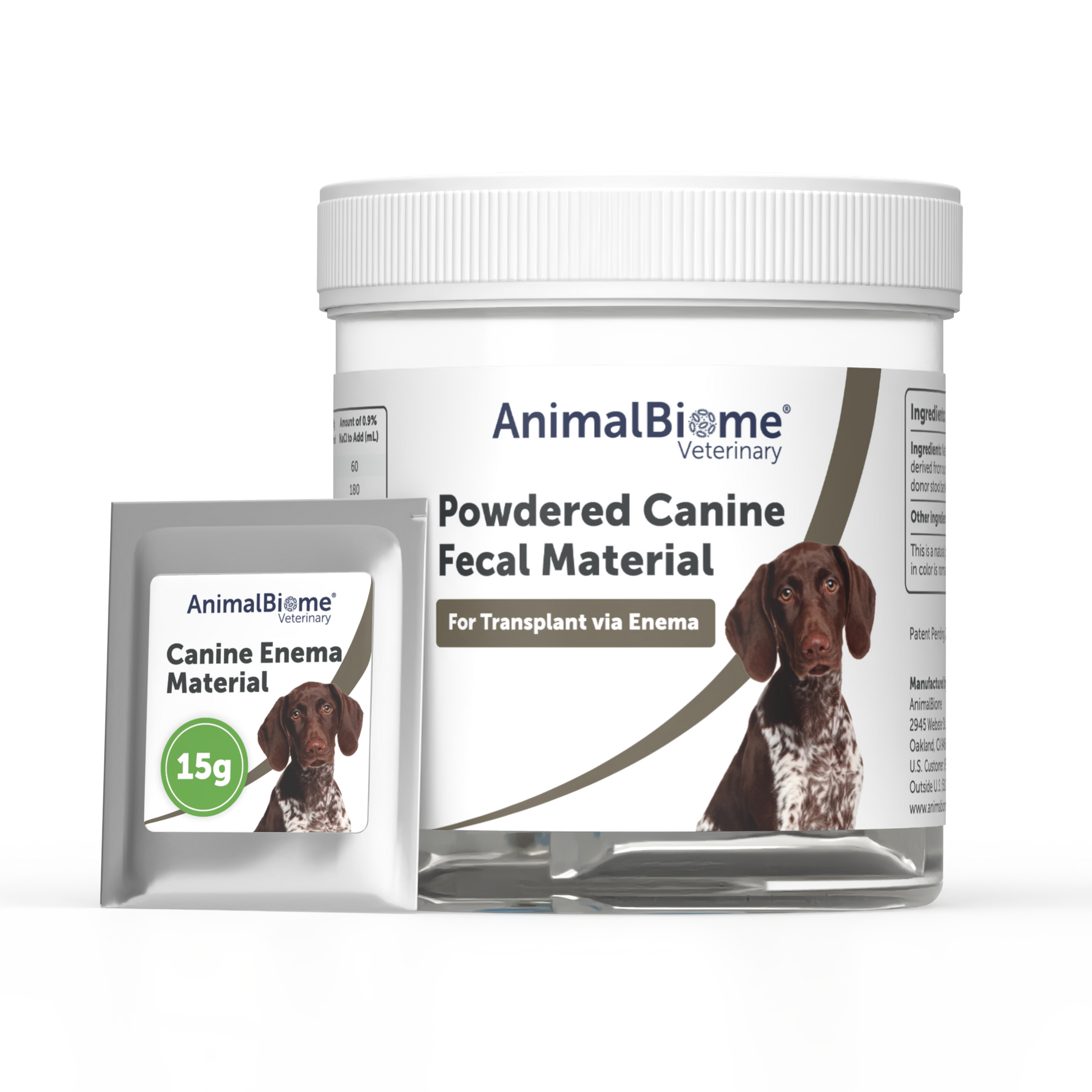If your dog is scratching more than usual or has a bad smell coming from their ears or skin, it could be a yeast infection. You might feel worried and unsure about what to do next.
The good news is, you don’t always have to rush to the vet to help your furry friend. You’ll discover simple and effective ways to treat your dog’s yeast infection at home. These tips are easy to follow and can bring relief to your dog quickly.
Keep reading to learn how you can take control and help your dog feel comfortable again—without the vet visit.
Causes Of Dog Yeast Infection
Dog yeast infections happen when yeast grows too much on the skin or inside the ears. This growth causes itching, redness, and discomfort for your pet. Understanding what causes these infections helps in preventing and treating them effectively. Yeast infections often develop because of several factors that upset the natural balance of a dog’s skin.
Common Triggers
- Moisture buildup on the skin or in ears
- Allergic reactions to food or environment
- Use of antibiotics that kill good bacteria
- Injuries or wounds that break the skin barrier
- Poor grooming or hygiene habits
Breed And Genetic Factors
Some dog breeds are more likely to get yeast infections. Breeds with floppy ears or thick skin folds trap moisture easily. Examples include Cocker Spaniels, Basset Hounds, and Bulldogs. Genetics can affect how a dog’s immune system reacts to yeast. Dogs with weak immune defenses often face recurring infections.
Environmental Influences
Warm and humid climates help yeast grow faster. Dogs that swim or bathe frequently may stay damp longer. Dirty bedding or living areas can increase yeast exposure. Stress and poor diet also weaken a dog’s natural defenses. Keeping your dog’s environment clean and dry lowers infection risks.

Credit: www.amazon.com
Signs And Symptoms To Watch For
Knowing the signs and symptoms of a dog yeast infection helps you act quickly and effectively. Spotting these early can save your pet discomfort and prevent the infection from worsening. Keep a close eye on your dog’s skin, behavior, and any unusual smells or discharges.
Skin Irritation And Redness
Yeast infections often cause visible skin problems. You might notice redness, inflammation, or scaly patches especially around the ears, paws, and belly. Your dog may scratch or lick these areas constantly, making the irritation worse.
Have you ever seen your dog suddenly focusing on a specific spot with intense scratching? That’s a clear hint something is wrong. Check carefully for swelling or small bumps that weren’t there before.
Odor And Discharge
A strong, unpleasant smell is a big red flag. Yeast infections produce a musty or cheesy odor that stands out from normal dog smells. You might also see a greasy or waxy discharge, especially in the ears or skin folds.
Does your dog’s smell make you wonder if bath time is overdue? It could be more than just dirt. Pay attention to any thick or colored discharge—it often means yeast is multiplying out of control.
Behavioral Changes
Infections don’t just affect the body; they can change how your dog acts. Your pet might become more restless, irritable, or even withdrawn due to the discomfort. Watch for changes in sleeping patterns or appetite as well.
Has your usually playful dog become unusually quiet or edgy? This could be your pet’s way of telling you something’s wrong. Don’t ignore subtle shifts in behavior—they can reveal underlying health issues like yeast infections.
Home Remedies For Yeast Infection
Home remedies can help manage your dog’s yeast infection safely at home. These natural treatments soothe irritation and reduce yeast growth. Use them carefully and observe your dog’s response. Consistency is key for best results.
Apple Cider Vinegar Rinse
Apple cider vinegar has natural antifungal properties. Dilute it with equal parts water before use. Avoid applying on open wounds or raw skin. Use a spray bottle or soft cloth to apply the rinse. Let it dry naturally to restore your dog’s skin balance.
Coconut Oil Applications
Coconut oil contains compounds that fight yeast and bacteria. Apply a thin layer directly to the affected areas. Massage gently to help absorption. It also moisturizes dry, itchy skin. Repeat this treatment twice daily for relief.
Baking Soda Baths
Baking soda helps neutralize odors and reduce itching. Add a cup of baking soda to warm bathwater. Soak your dog for 10 to 15 minutes. Rinse thoroughly with clean water afterward. This bath soothes irritated skin and controls yeast growth.

Credit: smart.dhgate.com
Diet Adjustments To Control Yeast
Adjusting your dog’s diet can play a powerful role in controlling yeast infections. Yeast thrives on certain foods, especially sugars and carbs, so tweaking what your dog eats can help reduce the infection naturally. It’s about giving your dog the right fuel to support their immune system and keep yeast growth in check.
Eliminating Sugars And Carbs
Yeast feeds on sugars and carbohydrates, so cutting these out can starve the infection. Check your dog’s treats and meals for hidden sugars like corn syrup, molasses, or even high-carb grains such as wheat and corn. Opt for proteins and low-carb veggies instead—this can make a noticeable difference in your dog’s comfort and recovery.
Incorporating Probiotics
Adding probiotics to your dog’s diet helps balance the good bacteria in their gut, which can fight off yeast overgrowth. You can find probiotics in certain yogurts (make sure they’re dog-friendly and unsweetened) or as supplements made specifically for dogs. Have you noticed how sometimes a simple change like this can improve your pet’s overall energy and mood?
Hydration Importance
Keeping your dog well-hydrated supports detoxification and helps flush out toxins that feed yeast. Fresh, clean water should always be available, and you might even add a splash of bone broth for extra nutrients and flavor. How often do you check your dog’s water bowl? Hydration is an easy but often overlooked step in managing yeast infections.
Maintaining Hygiene And Environment
Maintaining a clean and dry environment is key to controlling yeast infections in dogs. Yeast thrives in warm, moist places. Keeping your dog’s surroundings and body clean helps stop yeast from growing. Simple daily habits can make a big difference in your dog’s health.
Regular Cleaning Of Bedding
Wash your dog’s bedding often. Use hot water to kill yeast and bacteria. Dry the bedding thoroughly before using it again. Clean bedding stops yeast from spreading and keeps your dog comfortable.
Proper Ear And Skin Care
Check your dog’s ears and skin regularly. Use gentle, vet-approved cleaners to wipe away dirt and wax. Avoid harsh soaps that dry out the skin. Dry the ears and skin well after cleaning to prevent moisture build-up.
Avoiding Moisture Build-up
Keep your dog dry, especially after baths or walks. Use a towel to dry fur and ears carefully. Avoid letting your dog stay in wet clothes or collars. Moist areas provide a perfect place for yeast to grow.
When To Seek Professional Help
Knowing when to seek professional help is vital for your dog’s health. Some yeast infections need more than home care. Recognizing warning signs can prevent serious problems. Acting early helps your dog heal faster and safer.
Persistent Symptoms
Yeast infection signs lasting more than a week need a vet’s care. If redness, itching, or odor does not improve, do not wait longer. Persistent symptoms may mean the infection is deeper or resistant.
Severe Discomfort
If your dog shows intense itching or pain, seek help immediately. Constant scratching or licking can cause wounds and worsen infection. Severe discomfort often requires stronger treatment than home remedies.
Risk Of Complications
Watch for swelling, discharge, or fever. These signs suggest complications beyond yeast infection. Complications can include bacterial infections or spread to other body parts. A vet can diagnose and treat these risks properly.

Credit: smart.dhgate.com
Frequently Asked Questions
What Are Common Signs Of Dog Yeast Infection?
Common signs include itching, redness, odor, and flaky skin. Dogs may also scratch ears or paws excessively. Early detection helps in effective treatment without vet visits.
How Can I Treat Dog Yeast Infection At Home?
Clean affected areas with a mild antiseptic solution. Use natural remedies like coconut oil and apple cider vinegar. Keep your dog dry and maintain good hygiene.
Can Diet Affect Dog Yeast Infections?
Yes, diet impacts yeast overgrowth. Avoid sugary and processed foods. Provide a balanced diet rich in probiotics and omega-3 fatty acids to support immune health.
Is Apple Cider Vinegar Safe For Dog Yeast Infections?
Apple cider vinegar is safe when diluted. It helps restore skin pH and fights yeast. Apply topically or add small amounts to your dog’s water after consulting a vet.
Conclusion
Treating your dog’s yeast infection at home takes patience and care. Use gentle cleaning methods and natural remedies regularly. Watch your dog closely for any changes or signs of discomfort. Keep their environment clean and dry to stop yeast growth.
Remember, persistent or severe infections need professional help. Taking these steps can help your dog feel better fast. Trust your instincts and care for your pet with love.






